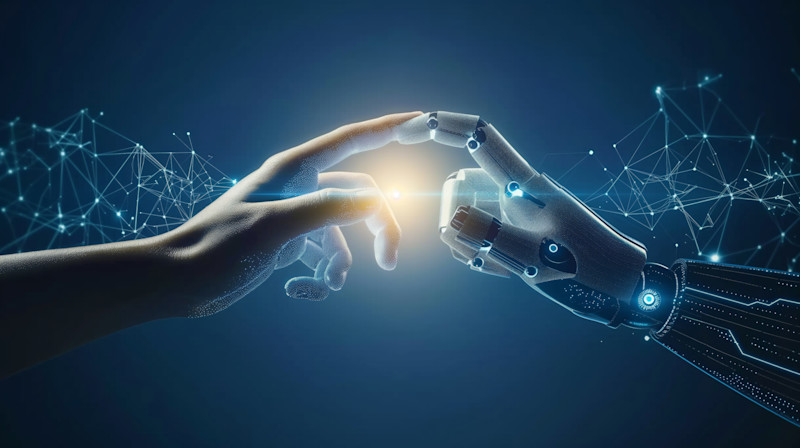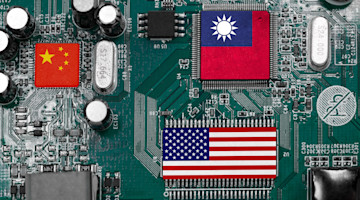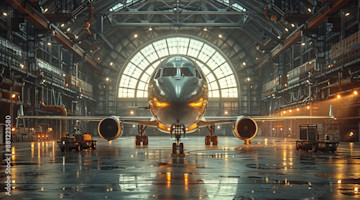“Regret is the worst thing in the world because it's a solitary sentence.”
– Teddy Atlas
1. Biorobotic Hand Can Touch and Feel
That’s what you get when you blend robotics, metrology, and AI. Florida Atlantic University and the University of Utah developed a robotic hand interfaced with biological neural networks to integrate tactile sensations with motor control using different neural stimulation methods. It’s pretty great that tech can restore the physical sensation of feeling to amputees, but hopefully, if one’s hand catches fire, it doesn’t send excruciating pain to the user. I’m sure they’re taking the time to feel this one out!
2. 0.000000952 Seconds
That’s how long the sensors developed by the Johns Hopkins Applied Physics Laboratory (APL) take to identify additive manufacturing defects. Keyhole defects, which weaken structural integrity, form during laser powder bed fusion when excess energy creates vapor bubbles in molten metal. By identifying thermal anomalies in real time, APL's sensors allow for immediate corrective action. The team enhanced sensor speed and resolution, enabling defect identification and repair within 952 nanoseconds. Metrology FTW!
3. Explosive Design and Manufacturing Optimization
Researchers at Lawrence Livermore National Laboratory (LLNL) are using advanced computing and manufacturing methods to develop optimized designs for shaped charges. This initiative, part of Project DarkStar, employs AI, machine learning, and 3D printing to create and test new designs quickly. Their experiments demonstrated that adding a silicone buffer can mitigate hydrodynamic instabilities during detonation, leading to more controlled and effective explosive devices.
4. In Keeping With the Explosive Theme…
FANUC America has introduced the CRX-10iA/L Paint collaborative robot, the first explosion-proof cobot for industrial applications. Why? Don’t ask silly questions. Designed for industrial painting, powder coating, and fiberglass-reinforced plastic industries, it features a 10 kg payload, 1,418 mm reach, and FANUC’s CRX design. It meets stringent safety standards, including IECEx certification, and offers advanced sensors, easy programming, and eight years maintenance-free. Coming to an FFL near you! But not really.
5. The Difference Between AI and AGI
AI is reshaping industries today, excelling at specific tasks, unlike the theoretical artificial general intelligence (AGI), which would perform any intellectual task a human can. AI includes rule-based systems, machine learning, reinforcement learning, and generative AI, each with limitations. AI's effectiveness depends on quality data and clear objectives but lacks contextual understanding. AGI, however, would require broad reasoning and emotional intelligence, a concept far from current AI capabilities.
To get the latest tech developments delivered directly to your inbox, subscribe to the weekly Tech Report here.
To access Tech Trends, log in to or register for an MTInsight account at









